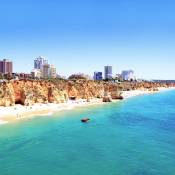45 Best Things to Do in Costa-Da-Caparica
Showing 31 - 45 of 45
The Jardim Guerra Junqueiro as it is officially known is one of Lisbon's largest and best parks. Still known to most as the Jardim da Estrela the park covers 4.6 hectares (11.4 acres) in Lisbon's city centre. The park is surrounded by history; overlooked by the stunning, domed Basílica da Estrela to one side, there is the old English cemetery (Cemitério Inglês) and the Military Hospital on the other. The cemetery dates back to the early 1700s and its most celebrated inhabitant is novelist Henry Fielding (author of Tom Jones) who died in Lisbon in 1754.
Inside the imposing cast iron...
Monsanto Forest Park (Parque Florestal Monsanto) is a large, protected forested area to the west of Lisbon which provides a welcome opportunity to relax away from the traffic and crowds of the city.
This 10 square kilometre site is Lisbon's largest green space and offers panoramic views of the city, the Tejo River and the Atlantic Ocean. The forest trails, some of which are quite hilly, are popular with walkers, runners and cyclists, and there are children's play areas, picnic areas and more. A number of sporting and cultural events are...
The Palace at Queluz was built in the latter half of the 18th century from a design by two of the periods most esteemed architects; Frenchman Jean-Baptiste Robillon and the Portuguese Mateus Vicente de Oliveira. Together they created this "Portuguese Versailles" in the Rococo style as a manor house for King Pedro II.
During the reign of Maria I (1777-99) Queluz becamethe official residence of the Royal family. Unfortunately for Maria I she is largely remembered for her bouts of mania followed by slumps into prolonged depressions.
The main façade of the palace is relatively...
The Basilica of Our Lady of the Martyrs (Basílica de Nossa Senhora dos Mártires) is one of a trio of Rococo / Baroque churches built within a stone's throw of each other on Chiado's Rua da Garrett. This and the other two strikingly similar churches were built in the late 18th century after much of the area was flattened by the great earthquake of 1755.
There was previously an earlier Baroque church on the site but the original church here dated back to 1147 when the forces of D. Afonso Henriques reconquered Lisbon from the Moors. On the main door there is a relief by Francisco Leal...
Positioned on Praça do Comércio and acting as a grand opening onto the Baixa's central Rua Augusta, this ornate and imposing archway is also known as the Rua Augusta Arch.
As the name hints, the Arco Triunfal was originally built to commemorate Lisbon’s reconstruction following the devastating earthquake in 1755, although the version that exists today dates from 1875.
The Rua Augusta Arch is adorned with various statues of historical figures and following restoration in 2013 it now gives...

Manueline portal - Igreja da Nossa Senhora da Conceição SchiDD | BY-SABuilt around 1500 on the site of an ancient synagogue, and also known as Our Lady of the Conception, this was once the second largest place of worship in Manueline Lisbon. Nowadays this historic church, with an ornate façade reminiscent in style and grandeur of the Jerónimos Monastery in Belém, seems to be sandwiched between two more pedestrian buildings down a largely overlooked street. But therein lies the story of this building.
Mostly destroyed in the...
Praça dos Restauradores is a square in the central Baixa region of Lisbon. Around the square are a number of the city's most iconic buildings, including the Italianate pink façade of the Palácio Foz and the Teatro Eden and Condes Cinema buildings, both fine examples of Art Deco architectural style. At the centre of the plaza towers a 30-metre-high white obelisk, built to commemorate Portugal’s fight to regain independence in the 17th century after 60 years of Habsburg rule.
...Most tours of Lisbon will pass through the Praca dos Restauradores in the Baixa district. Here, towering over the centre of the plaza is a 30-metre high, white obelisk, built to commemorate those who fought in the 17th century War of Restoration, helping to free the country from six decades of Spanish rule under the Habsburg dynasty and facilitating the transition of power to the House of Braganza which held power in Portugal until the 20th century.
It looks like the kind of obelisk that might have been...

Igreja de Santo António Miss Quarrel | BY-SASaint Anthony is Lisbon’s main patron saint and this church, dedicated to his memory is thought to have been built on the exact spot where he was born in 1195.
The church, which is found between the Baixa and Alfama district, was built in the Baroque-Rococo style and the exterior bears a closer resemblance to a theatre or grand civic building than to a Catholic church. There is thought to have been some kind of chapel here since the time of the saint’s death in the 13th century. However, the structure we see today was...

Igreja de São Domingos, Lisbon Jacek Plewa | BY-SALisbon’s Igreja de São Domingos church, in the Baixa district, has played a key role in many of the city’s tumultuous historical events. It has seen earthquakes, fires, pogroms as well as royal weddings and other historic ceremonies. Today there is a palpable sense of history, and as well as having a vibrant congregation. This place draws in tourists who come here to escape the hustle and bustle of city life, and soak in the sombre atmosphere of this unique, if slightly eerie place of worship.
The original church was consecrated...

Avenida da Liberdade Alexander-Svensson | BY-SALisbon’s answer to the Champ-Elysee is an elegant boulevard, linking the Praca dos Restauradores in the Baixa district to the Marques de Pombal roundabout and the Parque Eduardo VII. With its central location and grandiose styling locals refer to it as simply 'Avenida'.

Praça Marquês de Pombal Marco Verch | BY-SAPraça Marquês de Pombal is a major traffic roundabout marking the top end of Lisbon's central thoroughfare, Avenida Liberdade. As such it is often referred to locally as simply 'Rotunda'.
The centre of the plaza is dominated by a statue of Sebastião José de Carvalho e Melo, better known as the Marquês of Pombal, the Portuguese statesman who led the drive to rebuild the city after it was devastated by a catastrophic earthquake and tsunami on All Saint’s Day in 1755. As well as being...
Perched upon a hillside in the Graca neighbourhood, Miradouro da Senhora do Monte, (Our Lady of the Hill), looks out over Lisbon and is the city's highest lookout point or miradouro. With such a position it means it offers uninterrupted 250 degree panoramic views across Lisbon from the stunning old quarters and castle to the downtown district of the city and beyond; it's a perfect opportunity to get some amazing photographs of the landscape and city as well as the Tagus River estuary and the Castle of Saint George.
This sight is a real hidden gem. Owing to its location just...
The Museu Militar (Military Museum) in Lisbon is located below the Alfama on the site of a 16th century foundry where amongst other things cannons were cast. Many of the weapons on display now significantly predate these; medieval weapons such as maces, crossbows and lashes; 14th century mortar cannons. The museum's star exhibit is the two-handed sword of Vasco da Gama which stands as tall as a man.
There is a considerable collection representing the 'age of chivalry' with many suits of amour which would have been custom made for the crusading knights and their horses.
One of...

Casa Museu Dr. Anastácio Gonçalves Juntas | BY-SAThis museum located in central Lisbon district of Saldanha is named after its one time owner, the eminent ophthalmologist and art collector Doctor Anastácio Gonçalves (1888-1965). The house is known as the Casa Malhao as it was the home and studio of the well known painter José Malhoa. Dr Gonçalves bought the house from Malhao a year before his death in 1932.
The quirky house was designed by the architect Norte Junior and was awarded the Valmor prize for architecture in 1905. Dr Gonçalves used the house to display the impressive art collection he accumulated during his lifetime. The...
Pages
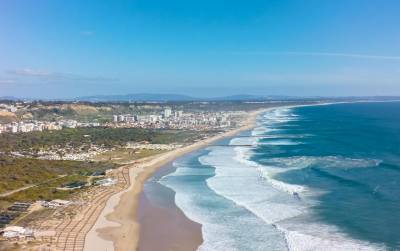
Costa da Caparica travel guide »
A stone’s throw away from the capital on the southern side of the Tejo River, the Costa da Caparica is basically a long stretch of sandy, clean beaches to suit all types of beachgoer. Stretching right down to the Cabo...






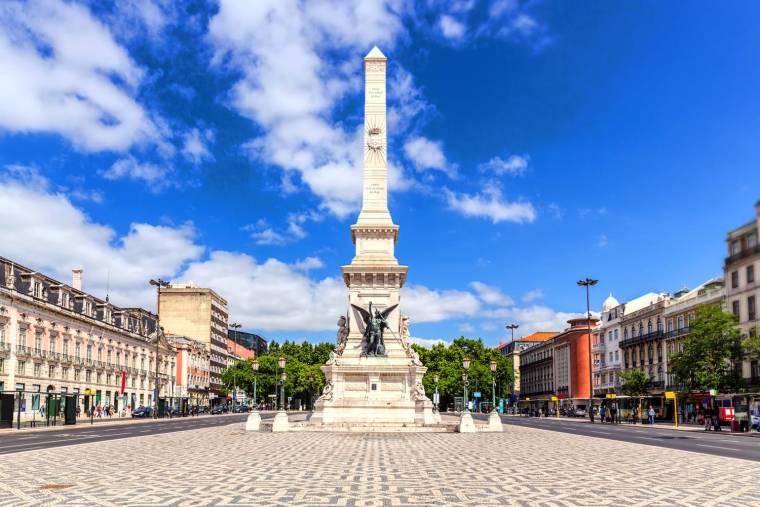



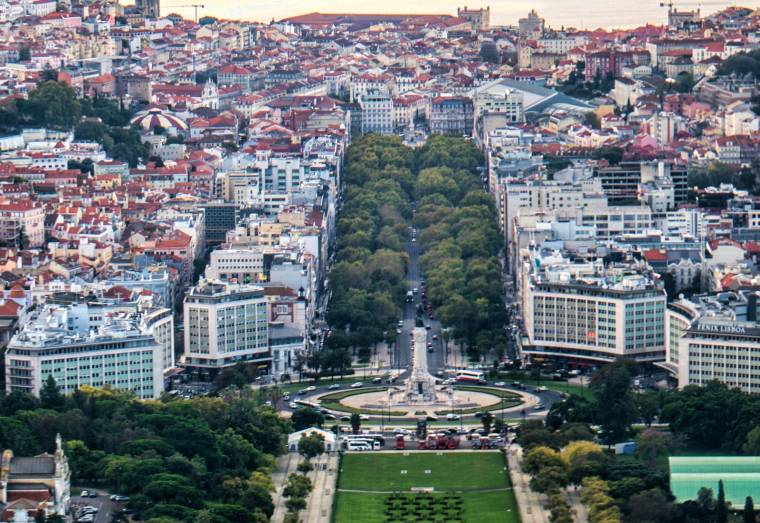
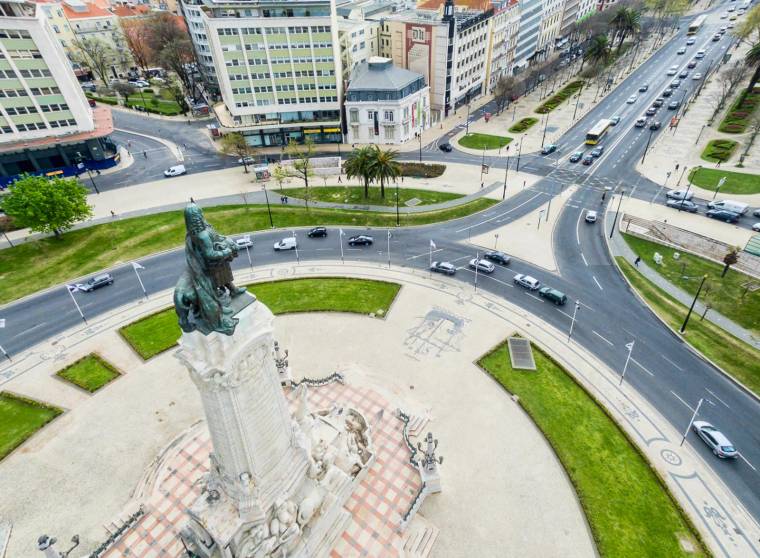



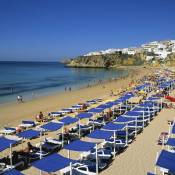 Albufeira
Albufeira
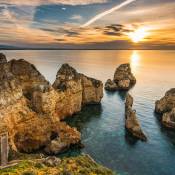

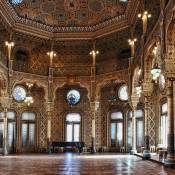


 Cascais
Cascais

